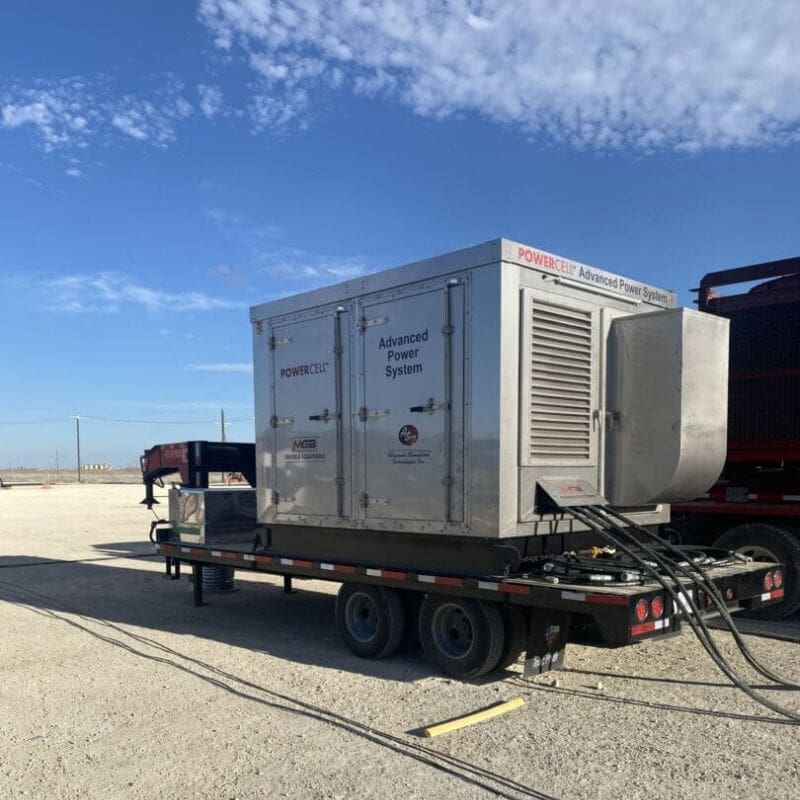Reductions in Emissions and Fuel Cost with Start/Stop System Technology for Diesel Frac Fleets
Abstract
Idling during hydraulic fracturing generates considerable emissions of NOX, CO, and particulate matter (PM). Field studies conducted during 2021-22 documented an average of 5 – 10 hours per day of diesel-powered idling during fracturing operations across multiple U.S. unconventional basins.
Prior to 2021 boardroom level corporate environment, social, and governance (ESG) initiatives by oil & gas producers focused on limiting gas leaks, Scope 1 (direct corporate) emissions, and overall carbon footprints. Controlling emissions during the idling of hydraulic fracturing equipment, until recently, had not been a high priority on executive ESG lists. “The name of the game in unconventional shale development has quickly shifted from production at all costs to maximizing cash flow and reducing emissions to improve ESG performance. Operators have placed a priority on their ESG efforts as financial institutions have prioritized responsible investing.” (Walzel, B. et.al., 2021).
By late 2021 concerns associated with idling during fracturing operations drew more attention from operators. The issues of idle waste control (unnecessary emissions, fuel, and excessive maintenance cost), identified as easy to resolve, garnered limited attention. Yet by early 2022, the challenges associated with frac diesel idling remained prevalent and became more acute with the dramatic rise in diesel costs.
In early 2022 ESG surveys began to include mention of frac idle waste. Contributing to this is the fact U.S. frac fleets continued utilizing diesel and/or dual fuel (diesel combined with natural gas) engines for 91% of fracturing operations. One of the lesser-known characteristics of Tier 2 and Tier 4 diesel frac pump engines is the fact they burn 100% diesel during idling – including dual fuel engines.
Stop/Start technology, first adopted in the auto industry and later by long haul diesel-powered trucking companies, began gaining traction within the oil & gas industry in 2017. The reduction in idle times attributed to Start/Stop systems proved lower fuel consumption and emissions generation rates were possible. This study focuses on the contributions made by diesel Start/Stop technologies. Positive results from 2019 forward substantiate the efficacy of idle reduction methods used in conjunction with hydraulic fracturing. Limiting frac idle times proved effective in reducing frac emissions, lowering fuel consumption, as well as cutting maintenance costs for hydraulic fracturing fleets.
This report highlights a new Start/Stop technology with field results from 2021 – 2022. This recent technology delivered a simpler, innovative hydraulic start centralized plug & play method of powering an entire frac fleet rather than using multiple Start/Stop systems installed to electrically start each individual frac pump. The results of a 2022 Permian basin technology field application are presented in SPE-212357-MS.


